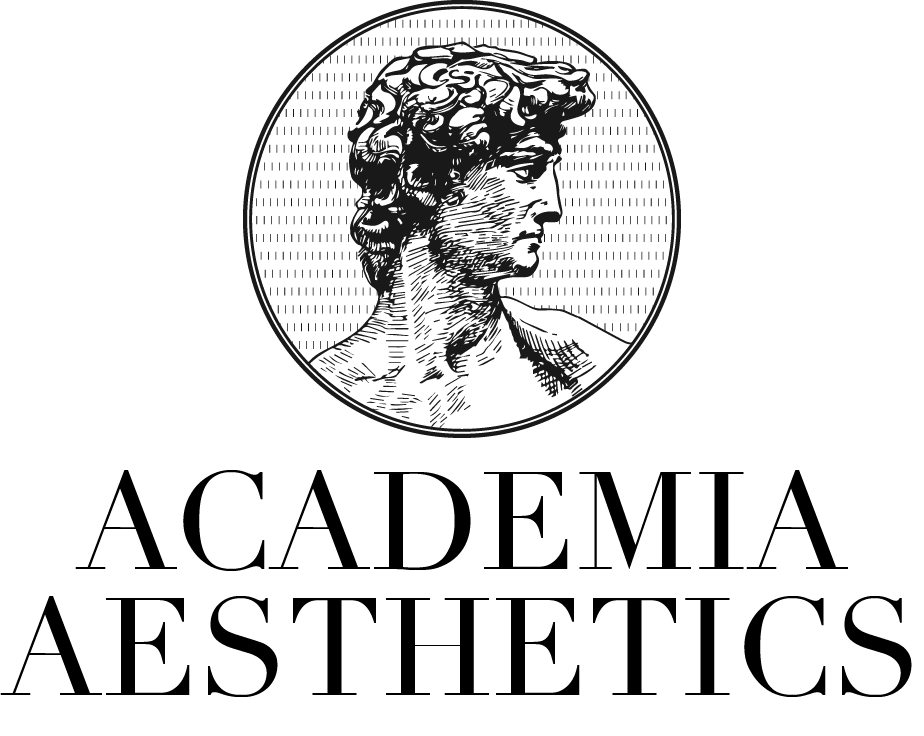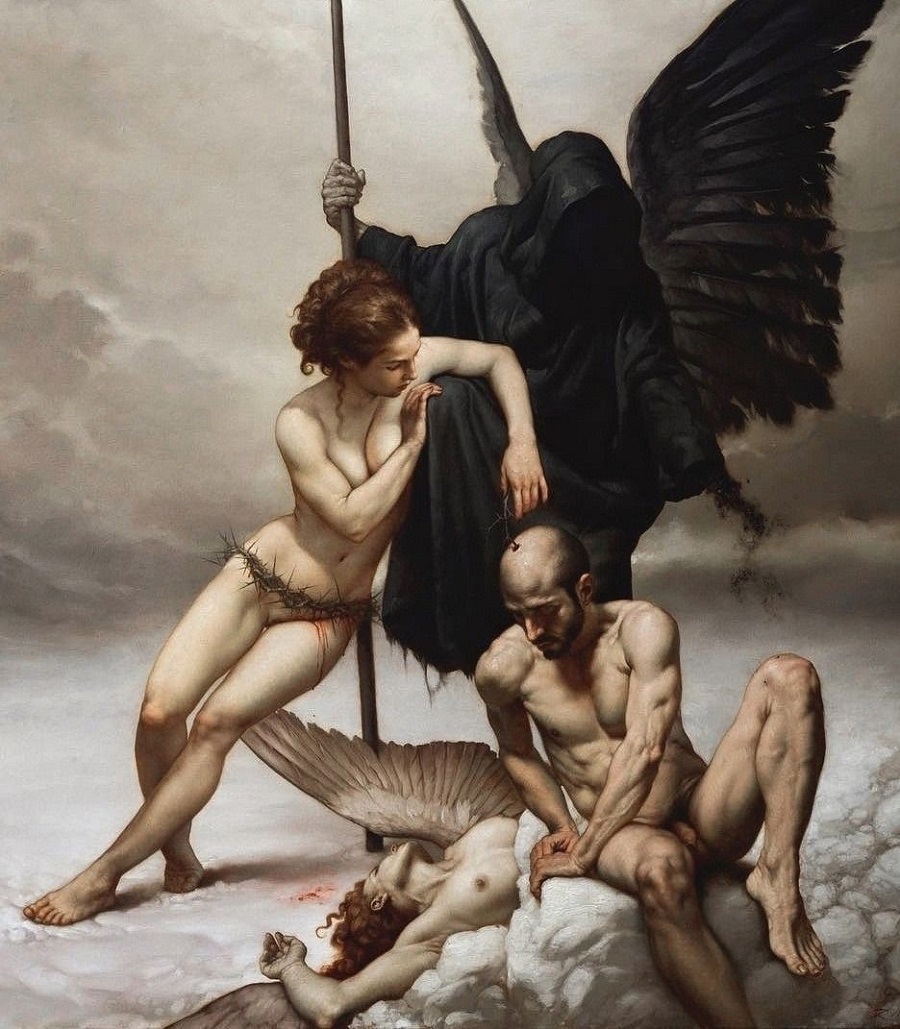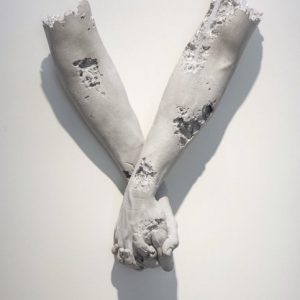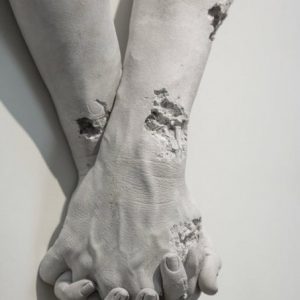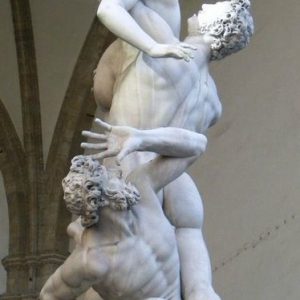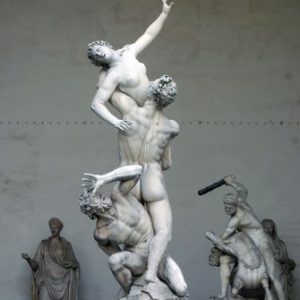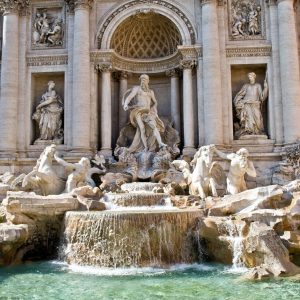In the realm of contemporary art, few artists capture the dramatic flair of the Baroque era as evocatively as Italian painter Roberto Ferri. Among his significant works, “The Angel, the Death, and the Devil” stands out, not just for its striking visual narrative but also for the depth of its thematic exploration. Often colloquially referred to as “the angel of death painting,” this piece serves as a testament to Ferri’s ability to intertwine classical techniques with modern sensibilities.
Robert Ferri’s Context and Influences
Roberto Ferri’s artistry is deeply rooted in the Baroque tradition, drawing significant influence from the likes of Caravaggio. This influence is particularly evident in “The Angel, the Death, and the Devil.” The painting’s dramatic use of chiaroscuro, a technique characterized by strong contrasts between light and dark, harks back to the intense emotional tenor of the Baroque period. Moreover, Ferri’s subject matter, often exploring themes of the divine, the mortal, and the infernal, resonates with the grandeur and spiritual introspection typical of his artistic predecessors.
The so called “Angel of Death Painting”
At first glance, it captures the viewer with its stark contrast and compelling figures. The central figures in the painting – an angel, a representation of death, and a devilish entity – are depicted in a dynamic and somewhat ambiguous interaction. The angel, ethereal and luminous, seems to be engaged in a silent discourse with the darker figures of death and the devil. This trio encapsulates a profound narrative, one that delves into the depths of human experience and spiritual dichotomy.
Symbolism and Interpretation
The symbolic richness of Ferri’s painting is undeniable. The angel in the painting could be interpreted as a symbol of purity and divine guidance, standing in stark contrast to the figures of death and the devil, which might represent the inevitable end of life and the temptation of evil, respectively. This juxtaposition creates a powerful commentary on the human condition, caught between celestial aspirations and earthly demise. The painting could be seen as a visual representation of the eternal struggle between good and evil, life and death, salvation and damnation.
Technical Aspects
Technically, Ferri’s work in “The Angel, the Death, and the Devil” is a testament to his mastery over form and color. The way he manipulates light and shadow not only enhances the dramatic impact of the scene but also adds a three-dimensional quality to the figures. His brushwork is meticulous, with a keen attention to detail that brings a lifelike quality to the characters. The angel, with its almost translucent skin, contrasts sharply with the more earthly, textured appearances of death and the devil.
Contemporary Relevance
In the modern context, “the angel of death painting” transcends its immediate visual appeal, becoming a piece that speaks to timeless themes. Ferri’s work resonates with contemporary audiences as it navigates the complexities of human existence, morality, and the metaphysical. It serves as a bridge between the rich traditions of the past and the ever-evolving artistic expressions of the present.
“The Angel, the Death, and the Devil” by Roberto Ferri is more than just a painting; it is a narrative woven in color and form, a dialogue between the past and the present. As a modern-day “angel of death painting,” it challenges viewers to confront their own perceptions of life, death, and the moral compass that guides them. Ferri’s masterpiece remains a significant contribution to contemporary art, inviting endless interpretations and reflections.
Read more about the Angel, the Death, and the Devil here.
Read more about Roberto Ferri here.
